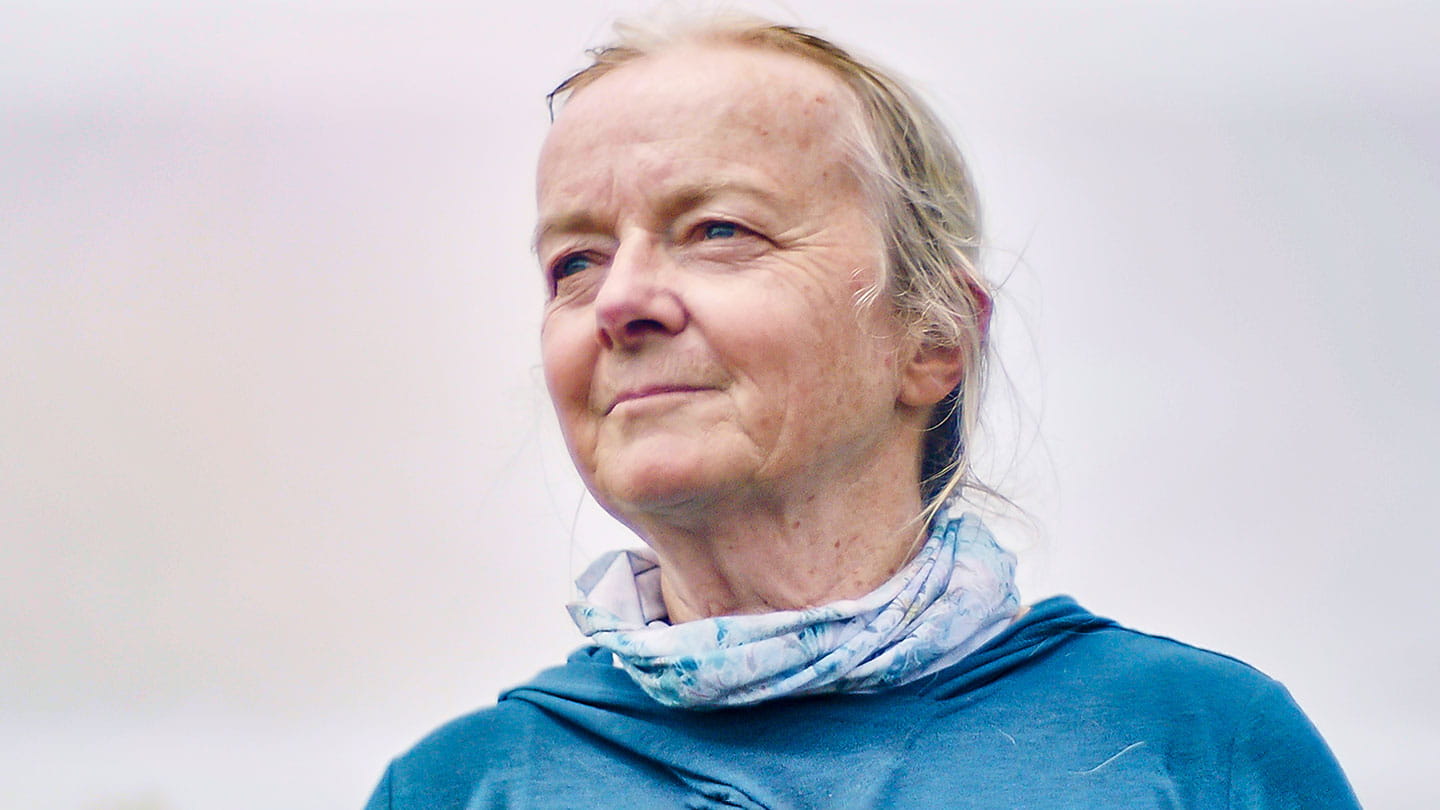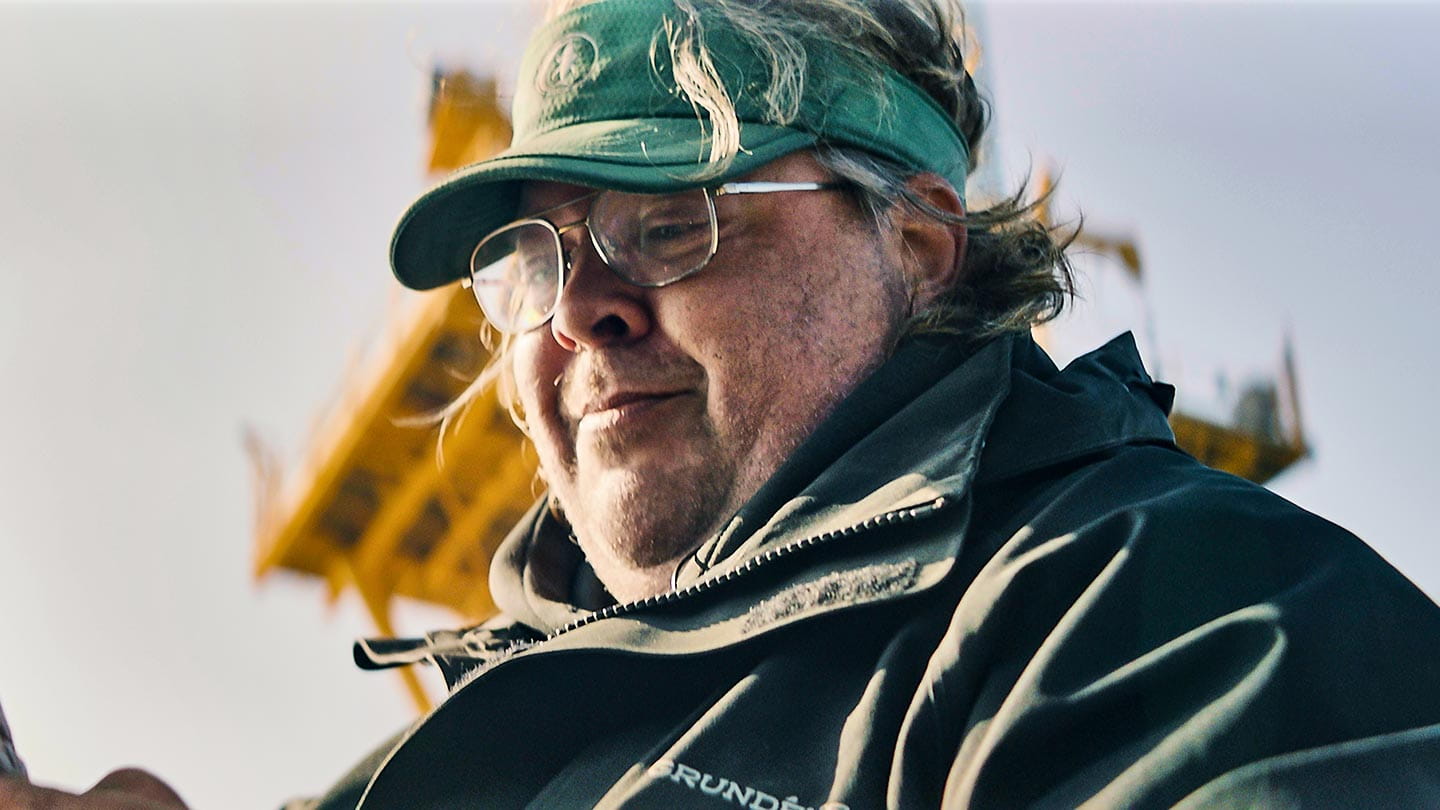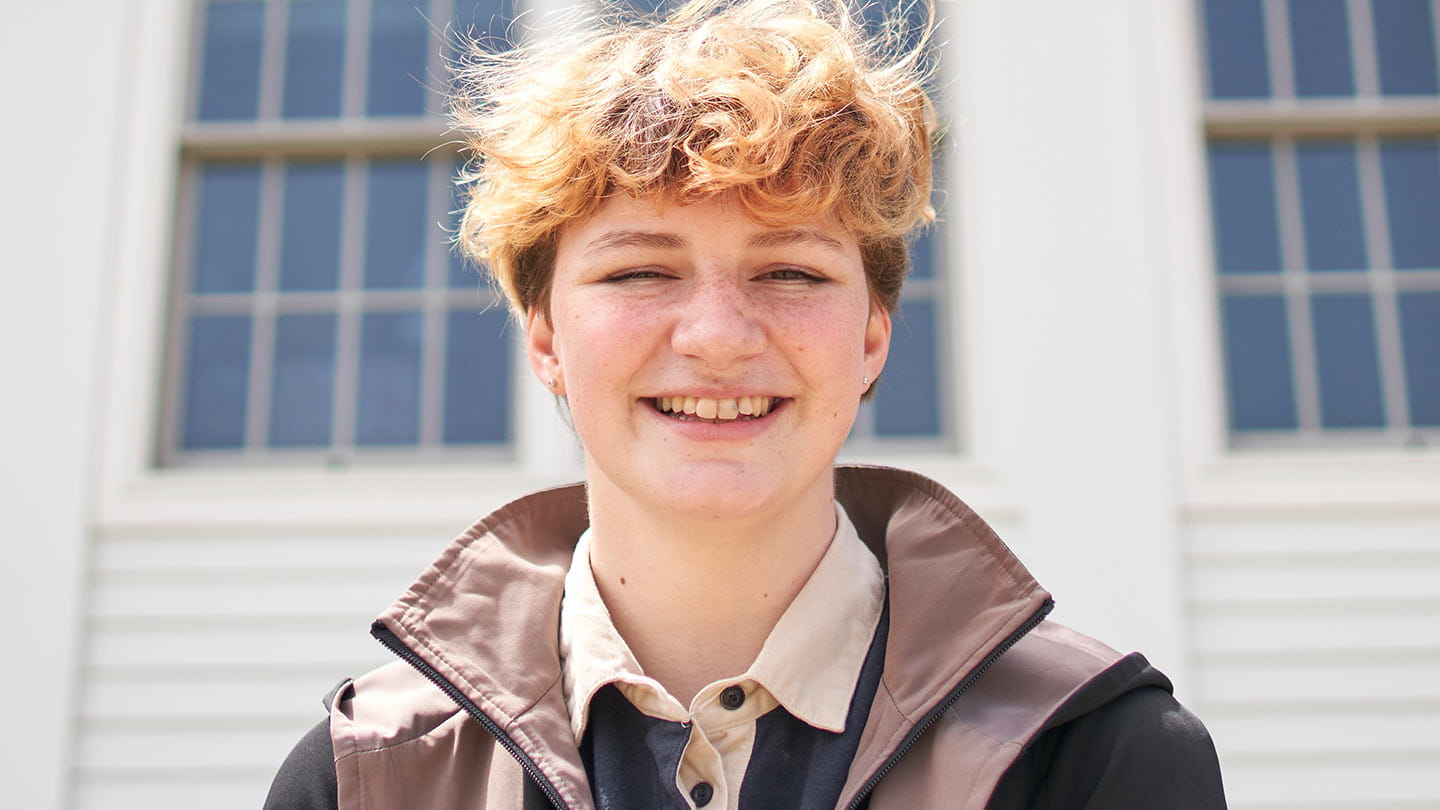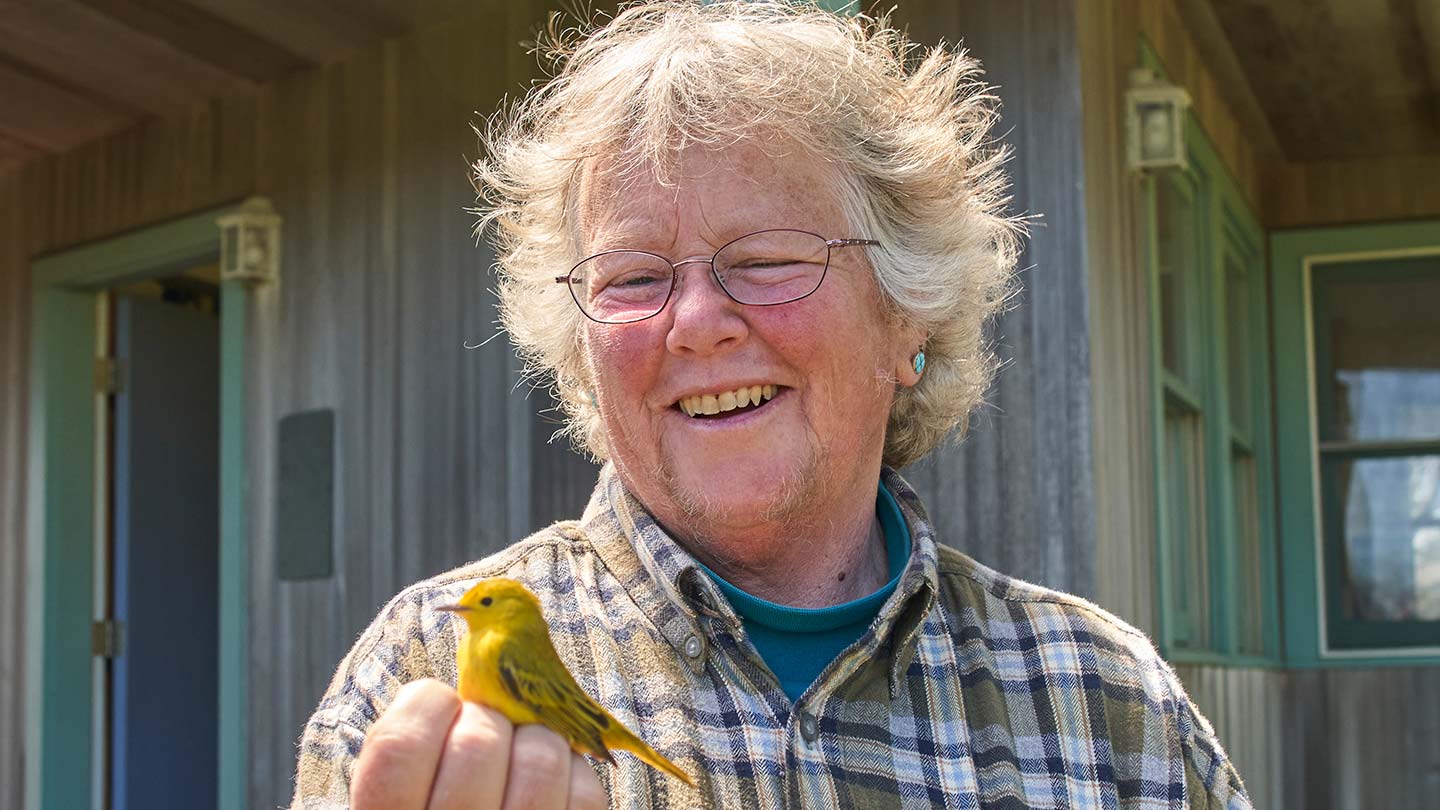What will offshore wind in America look like in five years?
Block Island Wind Farm may be small. But its construction marked the birth of a revolutionary new industry for America. Today, as the leading offshore wind energy company in the U.S., we’re building offshore wind projects spanning the East Coast from Rhode Island down to Maryland. Combined, they’ll have a generating capacity of 5 GW – more than 150 times that of Block Island Wind Farm.
This new industry is generating benefits and opportunities far inland, beyond those experienced by coastal communities like Block Island. With a new supply chain including manufacturing facilities across the Midwest, vessel construction on the Gulf Coast, and steel fabrication in the South, we’re helping usher in a new era of sustainable economic growth, equitable job creation, and clean energy that will benefit people across the nation for generations to come.
Five years from now, Ørsted will have delivered some of the country’s first large-scale offshore wind projects. We’re on track to generate enough clean, reliable electricity to power two million American homes by 2030. This will make a significant contribution to the U.S.’s goal to developing 30 GW offshore wind by that year.











